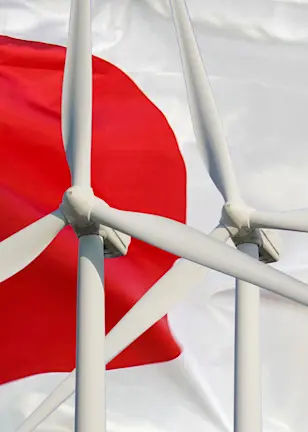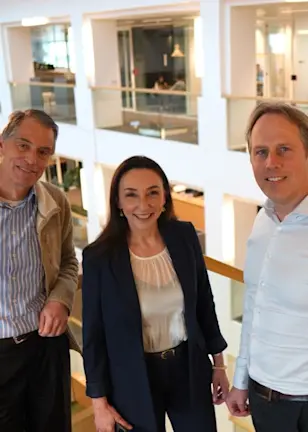Disclaimer
BY CLICKING ON “I AGREE”, I DECLARE I AM A WHOLESALE CLIENT AS DEFINED IN THE CORPORATIONS ACT 2001.
What is a Wholesale Client?
A person or entity is a “wholesale client” if they satisfy the requirements of section 761G of the Corporations Act.
This commonly includes a person or entity:
who holds an Australian Financial Services License
who has or controls at least $10 million (and may include funds held by an associate or under a trust that the person manages)
that is a body regulated by APRA other than a trustee of:
(i) a superannuation fund;
(ii) an approved deposit fund;
(iii) a pooled superannuation trust; or
(iv) a public sector superannuation scheme.
within the meaning of the Superannuation Industry (Supervision) Act 1993that is a body registered under the Financial Corporations Act 1974.
that is a trustee of:
(i) a superannuation fund; or
(ii) an approved deposit fund; or
(iii) a pooled superannuation trust; or
(iv) a public sector superannuation scheme
within the meaning of the Superannuation Industry (Supervision) Act 1993 and the fund, trust or scheme has net assets of at least $10 million.that is a listed entity or a related body corporate of a listed entity
that is an exempt public authority
that is a body corporate, or an unincorporated body, that:
(i) carries on a business of investment in financial products, interests in land or other investments; and
(ii) for those purposes, invests funds received (directly or indirectly) following an offer or invitation to the public, within the meaning of section 82 of the Corporations Act 2001, the terms of which provided for the funds subscribed to be invested for those purposes.that is a foreign entity which, if established or incorporated in Australia, would be covered by one of the preceding paragraphs.
Sustainable Investing
Carbon footprint
A carbon footprint is the amount of greenhouse gas emissions generated by an individual, company or country over a set time period. Although the term implies primarily the emission of carbon dioxide, it is now often taken to include all gases which cause global warming through the greenhouse effect. This includes the more common industrially emitted gases such as sulfur dioxide and nitrous oxide, and methane which is produced by farm animals. As such, the term can also be referred to as a greenhouse gas footprint.
Carbon neutrality
All human activity creates a carbon footprint, from breathing out to generating electricity, farming, or making a product. Greenhouse gas emissions over many centuries have been proven to warm the planet as they absorb and radiate heat within the enclosed atmosphere of the Earth. The issue in the battle to combat global warming is whether these footprints can be reduced enough to stop global warming getting out of control. For this, carbon neutrality is required. This means that a country does not generate more greenhouse gas emissions than it is able to absorb, either naturally through plant and water cover, or mechanically through carbon capture.
Several nations and blocs such as the EU have already committed to becoming carbon neutral (‘net zero’); most have used the Paris Agreement target of 2050, though some smaller nations such as Austria and Uruguay have set a more ambitious target of 2040. China, which has the world’s largest carbon footprint, has pledged to do so by 2060. Aside from cutting emissions by decarbonizing, many countries are investing in tree plantations and carbon capture systems as part of their neutralization efforts.
Creating returns that benefit the world we live in
Decarbonizing operations
Carbon neutrality for companies essentially means decarbonizing operations to reduce emissions. This is often being done by replacing energy sources derived from fossil fuels with renewable energy, and by finding suppliers who use less carbon-intensive components. This is easier for some industries than others – a carmaker can switch their models from the internal combustion engine to battery-powered vehicles, but this cannot currently be done by airlines.
Measure carbon footprints
Carbon footprints at companies can be measured by using three ways in which greenhouse gas emissions are generated: Scope 1, 2 and 3.
Scope 1 emissions are those that are directly generated by the company, such as an airline emitting exhaust fumes.
Scope 2 emissions are those that are created by the generation of the electricity or heat needed by the company to produce its main products. An electricity utility would therefore have relatively low Scope 1 emissions caused by its infrastructure or grid, but high Scope 2 emissions if its power came from the burning of fossil fuels rather than from renewable sources.
Scope 3 emissions are those caused by the entire value chain, including the end-user of the product over its life cycle, and are much more difficult to measure. A carmaker would have relatively low Scope 1 and 2 emissions when making the car, but if the user of the vehicle burned petrol to run the car over many years, they would cause very high Scope 3 emissions.
















